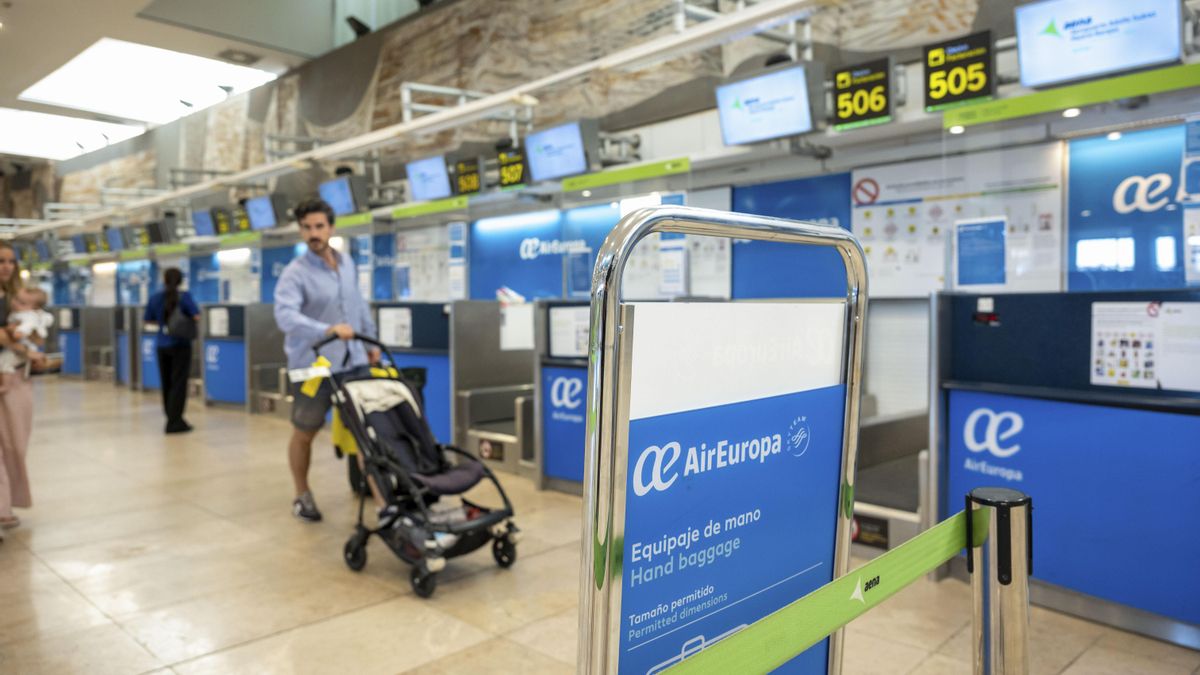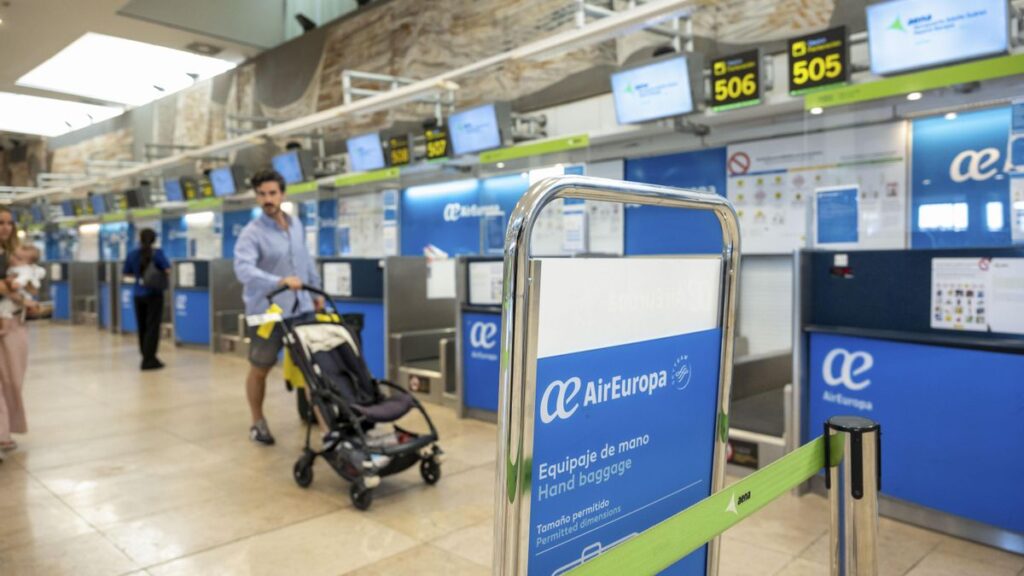Canary Islands tourism on the rise
The Canary Islands are experiencing a significant boost in tourism, welcoming 9.2 million international air passengers between January and July 2025. This impressive figure, released by Turespaña and the Ministry of Industry and Tourism, represents a robust 4.9% increase compared to the same period in 2024. The momentum was particularly strong in July, when the archipelago received 1.2 million international travelers—a notable 6.1% year-on-year jump.
Spain’s overall tourism landscape
This growth is part of a broader positive trend for Spain, which recorded a total of 63.7 million international passengers through July, marking a 6% increase nationwide. The month of July alone saw 11.7 million foreign passengers arrive in the country, a healthy 4.3% rise. A key development was the increase in arrivals from nearly all major source markets, with Germany being the sole exception.
Diversification and key source markets
Efforts to diversify tourism sources are paying off, with remarkable growth from Asian markets. Significant increases were noted from China and South Korea, alongside a welcome recovery in travelers from Japan. Turkey and Colombia also contributed to this positive trend with substantial growth in passenger numbers.
Breaking down the key source markets, the United Kingdom remains the largest, sending 2.7 million passengers to Spain in July. This accounted for 23.1% of all international arrivals and represented a 4% annual increase. Germany followed as the second-largest market, with 1.6 million travelers making up 13.4% of the total, though it experienced a slight 0.6% decrease. Italy was the source of 1.1 million passengers, or 9.8% of the total flow, registering a 5% increase that benefited all Spanish regions except Galicia. France contributed 7.4% of the total with 867,965 passengers, a figure stable from the previous year, while the Netherlands showed impressive growth with 569,928 travelers, an 11.1% surge.
Regional distribution and airport traffic
The vast majority of international arrivals—a striking 97%—were concentrated in Spain’s six main autonomous regions: Madrid, Catalonia, the Balearic Islands, the Canary Islands, Andalusia, and the Valencian Community. All six regions saw increases in tourist numbers. The Valencian Community led the pack with the most intense growth at 8.2%, while the Balearic Islands saw a more moderate yet positive rise of 1.2%.
In terms of airport traffic, Adolfo Suárez Madrid-Barajas Airport led the way in July with 2.2 million international arrivals, a 2.5% increase. It was closely followed by Barcelona-El Prat Airport, which handled around two million international passengers—a 4.9% rise—and Palma de Mallorca Airport, which received 1.8 million arrivals, up 0.8%. The standout performer was Alicante Airport, which achieved the highest year-on-year growth of all, with an 8.3% increase in passengers compared to July of the previous year.


